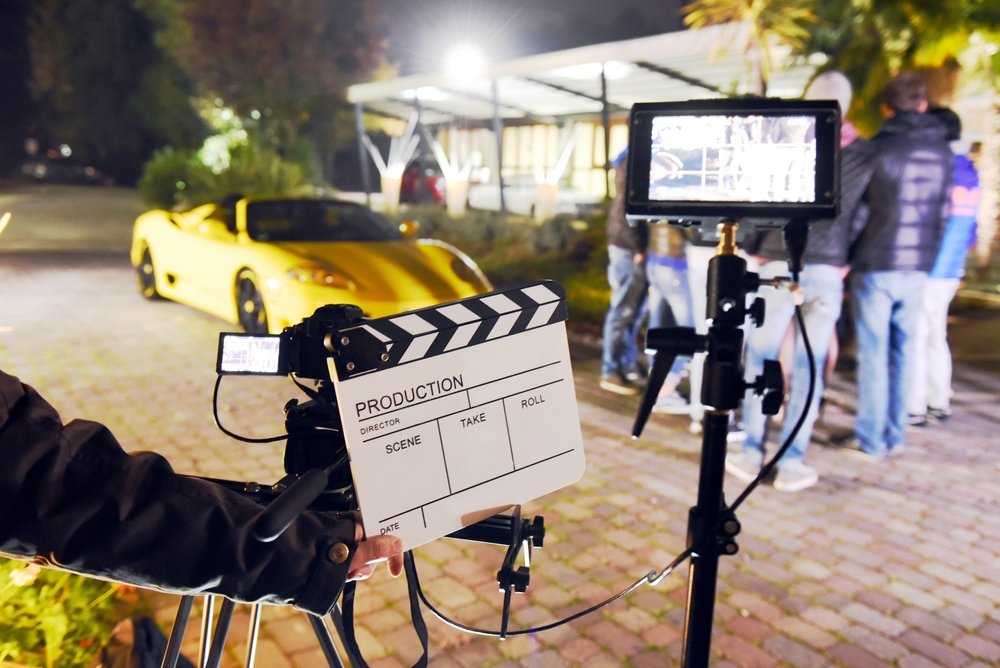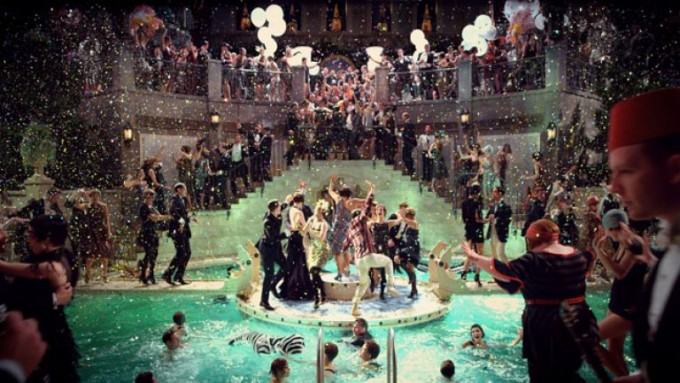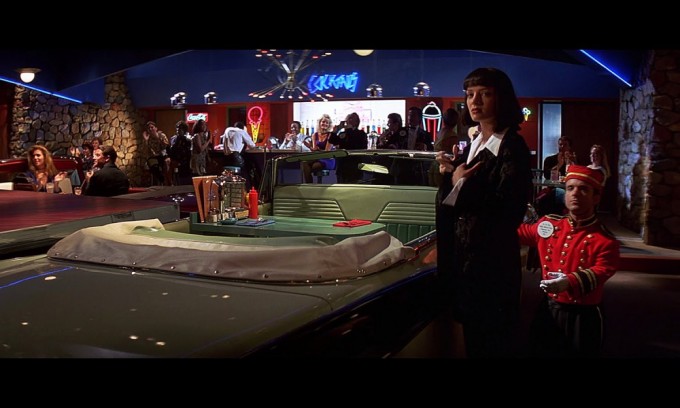
Mad Max: Fury Road raked in numerous accolades at this year’s Oscars, winning six out of 10 nominations.
Art director Colin Gibson and set decorator Lisa Thompson shared the award for Best Production Design for their stunning depiction of the post-apocalyptic desert wasteland that Mad Max calls home.
The set ranges over an impressive array of scenery, from desert landscapes to cavernous citadels to swamplands, populated by fully-functional hot rods and customized vehicles. Audiences peeking behind the scenes might wonder what goes into coming up with such spectacular set designs.
Web and video designers might wonder if there are some design tricks they can borrow to enhance their own craft. Here’s a step-by-step look at how stage and screen designers come up with sets that bring directors’ creative visions to life.
Creating the Storyline Arc

Production Design: Storytelling, Technology and Misconceptions About the Craft
According to Franchesca Buenaflor, the first step in set design is studying your storyline for visual inspiration. This includes studying your story’s historical time period, as well as its geographical setting.
For example, when Oliver Smith designed the Tony Award-winning sets for the stage adaptation of West Side Story, in order to transplant Shakespeare’s original story from Renaissance Italy to modern New York, Smith drew from his own training in architecture to draw inspiration from New York’s urban landscape.
To create the background for a famous rumble scene, he drew inspiration from the view of the underside of the Brooklyn Bridge, as seen from the Manhattan side. He also added a stormy sky in the background to create an ominous mood.
Studying your story’s characters can also inspire set ideas. The mystery play The Curious Incident of the Dog in the Night-Time won Olivier and Tony awards for its unique set design, inspired by the fact that the play’s main character, Christopher, is autistic.
To communicate that the story occurs inside Christopher’s head, set designers Bunny Christie and Finn Ross constructed a set with shape, rigging and lighting to make the audience feel as if they were inside a giant cube.
Putting in the Scene
Working In The Theatre: Scenic Design
The next step is conceiving the elements of your scene. These include set decorations, large props, hand props, costumes and prosthetic devices to alter actors’ facial appearances.
In the stage version of Titanic, which won a Tony Award for Best Scenic Design, the ship serves as an important set decoration, while items on the ship serve as props.
Another difference between the stage and movie versions is that, on stage, the ship and its background have to remain relatively stationary, whereas in the film, realistic set decorations, props and special effects enable a more animated recreation of the ship.
In some productions, costume design can be a crucial part of set design.
Julie Taymor won the Tony for Best Costume Design for the stage version of The Lion King, where the main characters needed to look like humanoid animals. Meantime, in the animated version, artists were free to draw images of actual animals.
Creating Elements of Composition

25 greatest movie scenes of the last 25 years
As in art and photography, how the elements of your design fit together into a unified composition affects the impact of your design.
Compositional elements include the line defining the visual path your audience’s eye is supposed to travel, shapes on the set, colors, textures, three-dimensional forms and value contrasts between light and darkness.
Ideally, these elements should support each other. In German expressionist classics like The Cabinet of Dr. Caligari and Nosferatu and in American film noir classics, like The Maltese Falcon and Double Indemnity, strategic placement of dark shadows plays a central role in establishing a dark mood.
Sketching the Scene
environment quick sketch + placing humans into the scene
To bridge the gap between your visual concept and the actual set, the next step is sketching your scene. At one time, this was done by hand, but today is achieved by computer animation.
Following in the tradition of pioneers like Walt Disney and Alfred Hitchcock, the creators of the original Star Wars trilogy drew extensive storyboards in comic-book style depicting each shot.





Interesting article!